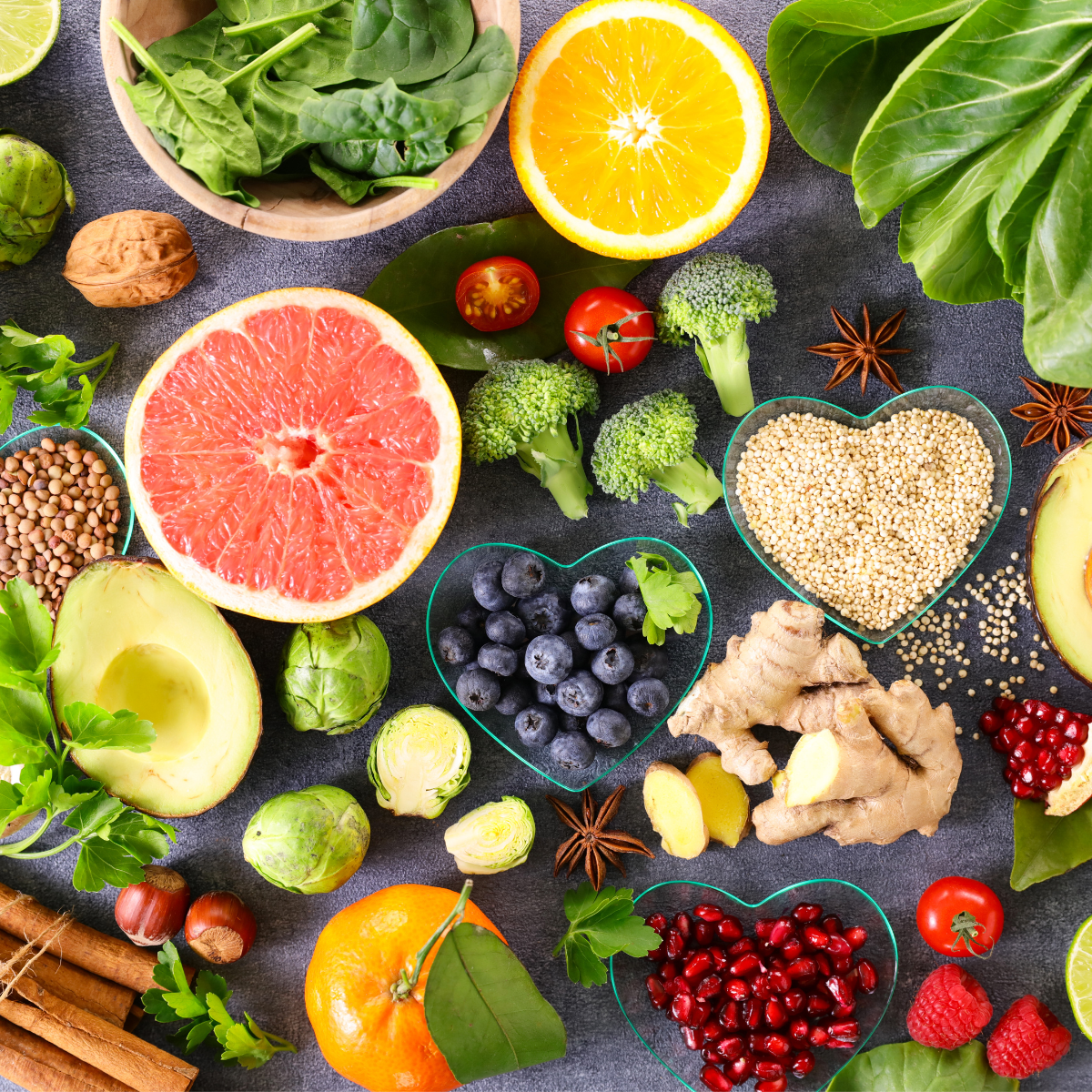
Understanding Processed Food and Ultra-Processed Food (UPF) and Their Impact on Health
Processed food refers to any food that has been altered from its natural state through various methods such as cooking, canning, freezing, drying, or adding preservatives. These processes are done to improve the shelf life, taste, texture, or convenience of the food. Examples of processed foods include canned vegetables, frozen pizza, and breakfast cereals.
Ultra-processed food, on the other hand, refers to a category of processed food that undergoes multiple industrial processes and often contains additives like preservatives, artificial flavors, and sweeteners. These foods are typically high in calories, added sugars, unhealthy fats, and low in essential nutrients. Examples of ultra-processed foods include sodas, packaged snacks, fast food, and pre-packaged ready-to-eat meals.
The rise of processed and ultra-processed foods can be attributed to various factors:
-
Convenience: Processed and ultra-processed foods are often designed to be quick and easy to prepare or consume, fitting into the busy lifestyles of many people who have limited time for cooking or meal preparation.
-
Extended Shelf Life: The processes used in food preservation and packaging allow for longer storage times, reducing the risk of spoilage and making these products more commercially viable.
-
Cost and Accessibility: Processed and ultra-processed foods are often cheaper and more readily available compared to fresh, whole foods. This makes them more affordable for individuals or families on a tight budget.
-
Marketing and Advertising: Food companies heavily promote processed and ultra-processed products through advertising, branding, and appealing packaging, creating a demand for these products in the market.
While processed foods can still retain some nutritional value, the concern with excessive consumption of ultra-processed foods lies in their potential negative impact on health. They tend to be high in calories, added sugars, unhealthy fats, and sodium, and can contribute to health issues like obesity, cardiovascular diseases, diabetes, and certain cancers.
It's important to maintain a balanced diet that includes a variety of fresh, whole foods like fruits, vegetables, whole grains, lean proteins, and healthy fats, while minimizing the consumption of processed and ultra-processed foods.
A study was conducted to examine the relationship between the consumption of ultra-processed foods (UPFs) and depressive symptoms among adults in the United States. The popularity of UPFs has grown in recent years, prompting increased interest in their potential impact on health. The research utilized data gathered from the National Health and Nutrition Examination Survey conducted between 2011 and 2016. Participants' dietary information was collected through 24-hour dietary recall interviews, while depressive symptoms were identified using a nine-item Patient Health Questionnaire. Individuals scoring above 10 points were diagnosed with depressive symptoms. The findings of the logistic regression analysis indicated a positive correlation between UPF consumption and depressive symptoms. Specifically, the study suggested that UPFs may heighten the risk of experiencing depressive symptoms, particularly among individuals with limited physical exercise.
Food processing serves the purpose of enhancing food availability, safety, digestibility, transportability, and storage life. The mechanization of the food industry since the mid-nineteenth century has enabled the large-scale production, transportation, and sale of processed foods. In order to gain a deeper understanding of the impact of food processing on human health and disease, a novel food classification method called NOVA (not an acronym) was introduced. A recent updated version of NOVA categorizes all foods into four groups: unprocessed or minimally processed foods, processed culinary ingredients, processed foods, and ultra-processed foods (UPFs) and drink products. Among these groups, UPFs have garnered significant attention.
UPFs are essentially industrial formulations composed primarily or entirely of industrial ingredients, with minimal or no whole foods. They often contain additives that are not typically used in home cooking, particularly for enhancing the sensory properties of the food . Examples of UPFs include carbonated beverages, packaged snacks, commercially produced bread and buns, and ice cream. Due to their highly appealing taste, convenience, and extended shelf life, UPFs dominate the food supply in high-income countries, notably in the United States, where they contribute to 57.5% of total energy intake. Additionally, the consumption of UPFs is rapidly increasing in middle-income countries .
UPF producers prioritize taste, cost, storage, and stability during transport, whereas neglecting nutritional quality |
UPFs are common in the western dietary pattern and generally rich in total fat, saturated fat, added sugar, and salt, whereas poor in fiber and vitamin density |
Various studies have demonstrated a link between UPF consumption and an increased risk of all-cause mortality, cancer, type 2 diabetes, and cardiovascular diseases . Furthermore, positive associations with frailty and overweight/obesity have been reported in other investigations. While two European studies have explored the connection between UPFs and mental disorders, both were conducted in populations with relatively low UPF consumption. Therefore, there is a lack of a large-scale study assessing the relationship between UPF consumption and depressive symptoms in the United States population.
Another study was carried out to examine the relationship between UPF consumption and depressive symptoms in adults aged 20 years and above in the United States. The findings of this study revealed a positive association between UPF consumption and the risk of experiencing depressive symptoms. However, further investigation is needed to confirm this cross-sectional association through prospective studies involving the US population. Additionally, it is important to note that not only nutritional factors but also non-nutritional elements may contribute to this positive association.
It is important to prioritize the consumption of whole foods in our daily diet and reserve the consumption of ultra-processed foods for occasional indulgence. Striving for a balanced approach to our eating habits is key.
Whole foods, such as fruits, vegetables, whole grains, lean proteins, and healthy fats, provide essential nutrients, vitamins, minerals, and dietary fiber that are beneficial for our overall health. These foods are generally less processed and contain fewer additives, added sugars, unhealthy fats, and sodium compared to ultra-processed foods.
By incorporating whole foods into our daily meals, we ensure a nourishing and nutrient-rich diet that supports optimal well-being. Whole foods provide sustained energy, help maintain healthy body weight, and contribute to the proper functioning of various bodily systems.
On the other hand, ultra-processed foods are often high in calories, added sugars, unhealthy fats, and sodium, while offering limited nutritional value. Regularly consuming these foods in excess can lead to various health issues, such as obesity, cardiovascular diseases, and diabetes.
Finding a balance between enjoying occasional indulgences in ultra-processed foods and prioritizing the consumption of whole foods can help promote both physical and mental well-being. It allows for flexibility and enjoyment in our eating habits while ensuring we meet our nutritional needs.
Remember, moderation is key. By focusing on a predominantly whole foods-based diet and treating ultra-processed foods as occasional treats, we can maintain a balanced approach to our nutrition, supporting our health and overall well-being.


Leave a comment
This site is protected by hCaptcha and the hCaptcha Privacy Policy and Terms of Service apply.